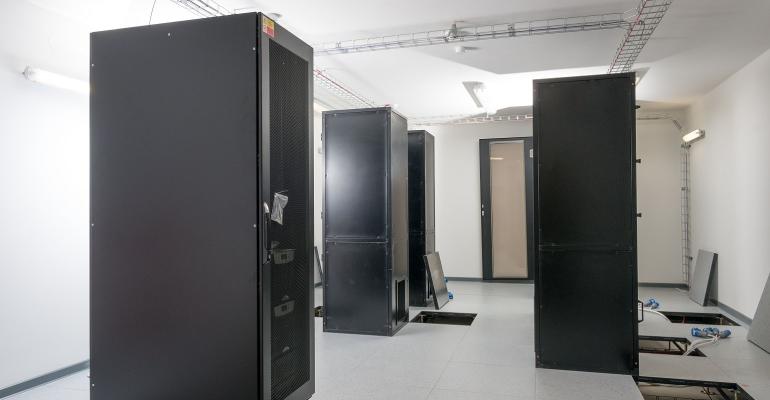When your data center is no longer a good fit for your needs, what do you do?
The most obvious answer is to replace it with a new data center. But that may not be the most cost-efficient approach, and it's certainly not the most sustainable one.
A better solution, in some cases, is to retrofit your data center. Retrofitting allows you to improve an existing data center so that it's a better fit for your needs, without the expense and time required to build a replacement data center.
Keep reading for an overview of data center retrofits, including how to decide whether they're the right approach and what to consider when you retrofit a data center facility.
- What Is Data Center Retrofitting?
- The Pros and Cons of Retrofitting an Existing Data Center
- Is Retrofitting Right for You?
- How to Retrofit a Data Center
- Conclusion
What Is Data Center Retrofitting?
Data center retrofitting is the process of making significant changes to an existing data center to improve its usability.
Retrofitting could entail replacing major systems, like HVAC and power infrastructure, so that your data center operates more reliably and cost-effectively. Retrofits could also involve redesigning the layout of a data center to improve airflow or fit more server racks into the facility.
In essence, any major overhaul that you undertake with the aim of making an existing data center more effective is a retrofit.
The Pros and Cons of Retrofitting an Existing Data Center
The main advantage of retrofitting – as opposed to replacing a data center with a new one – is that retrofitting allows you to keep using an existing facility. You don't have to purchase new real estate and build a new data center, which can cost millions of dollars and take many months.
Data center retrofits are also beneficial from a sustainability perspective because they allow you to extend the life of an existing facility, rather than disposing of it and expending the vast amounts of energy required to build a new data center.
On the other hand, retrofitting presents some significant challenges:
- Limited flexibility: You have to work within the fundamental constraints of your existing facility, which limits the types of changes you can make. For example, you can't make your data center site larger if the facility already occupies all of the real estate space on the lot.
- Workload disruption risk: You have to make updates while you have hardware running in the same facility, or you have to move the hardware elsewhere temporarily. Either way, ensuring that your workloads are not disrupted by the retrofit is no mean feat.
- Risk of high cost: Depending on the nature and extent of the retrofit, making the desired changes could cost more than simply building a new data center from scratch.
Is Retrofitting Right for You?
Because of these challenges, retrofitting isn't always the best approach to bringing a data center up to speed with new needs. If you want to make very significant changes to your data center, you might be better off migrating to a new facility.
But if the changes you intend to make are smaller-scale or affect only certain systems, a retrofit is probably the best option. When properly managed, retrofits tend to be cheaper and faster than complete data center replacements.
How to Retrofit a Data Center
The process for retrofitting a data center will vary depending on which changes you want to implement. But in general, it goes like this:
- Assess current assets: Create an inventory of what you currently have running in your data center. Your inventory should include not just servers but assets of all types – HVAC equipment, cabling infrastructure, and beyond.
- Determine what you want to improve: Once you know what you have running in your data center, you can determine which systems or components to improve to enhance cost efficiency or address new operational requirements.
- Establish a continuity plan: After determining which resources will be affected by the retrofit, make a continuity plan for keeping your data center infrastructure operational while the retrofit is underway. The plan could be simply to move to an alternative data center temporarily. But a temporary migration is likely to be expensive and complicated, so you may instead want to plan the upgrades such that they can happen while keeping your infrastructure in place.
- Implement the upgrades: With a continuity plan in place, you're ready to go about making the changes you want to implement.
- Test new systems: Before putting upgraded systems or equipment into production, test it to make sure it runs as it should.
- Migrate: Once you've vetted your new resources, perform a migration so that they take over from the systems they are replacing. This might mean migrating data and workloads if you've updated or moved servers, but it could also entail actions like switching from one HVAC system to another.
When you approach a data center retrofit with a step-by-step plan, you minimize the risk of what can be a complex, time-consuming process.
Conclusion
Before deciding that your data center needs to be replaced, consider a retrofit. Retrofitting isn't always the best solution for improving the cost-effectiveness of data centers or addressing new requirements. But if the changes you want to make are limited in scale, a retrofit is likely to be the faster, more affordable, and more sustainable way to bring your data center up to speed.





